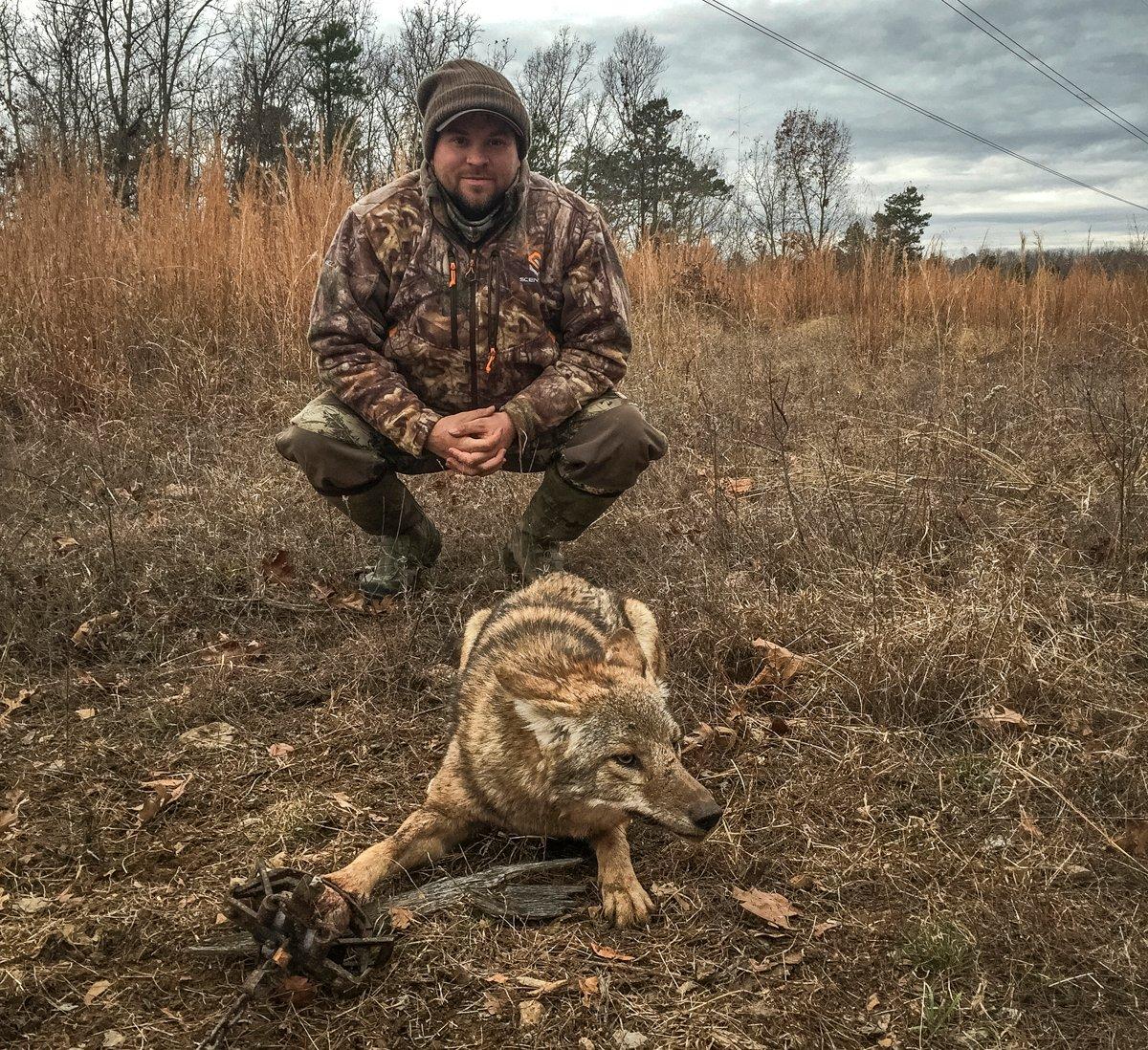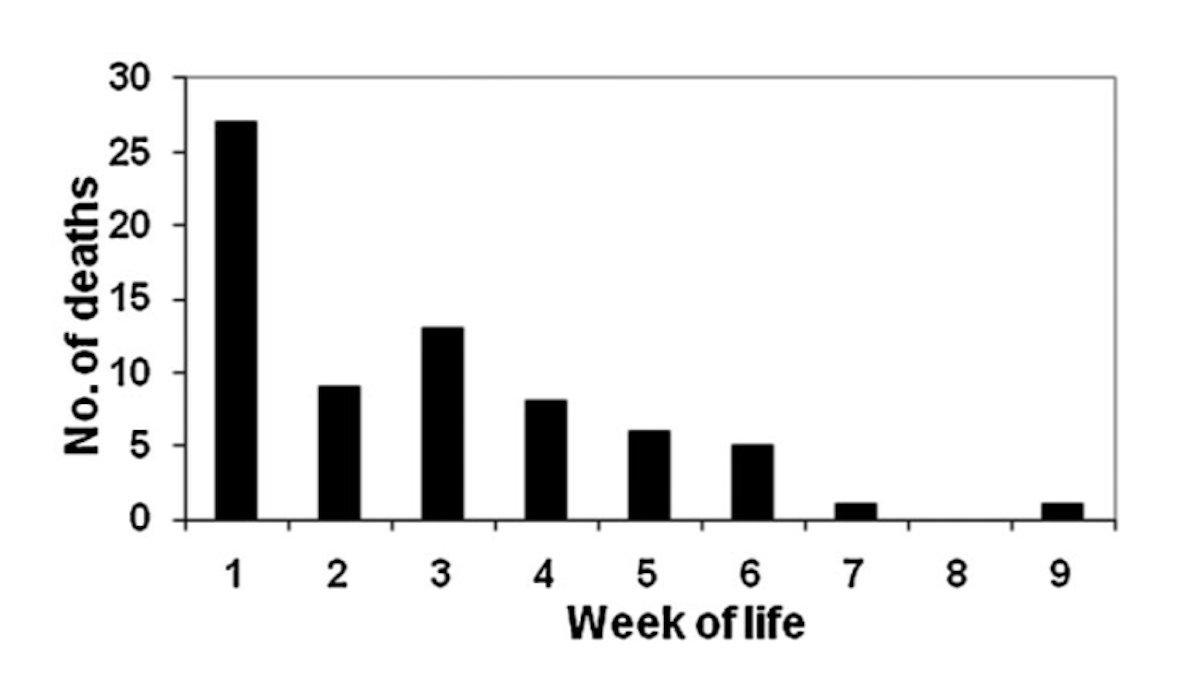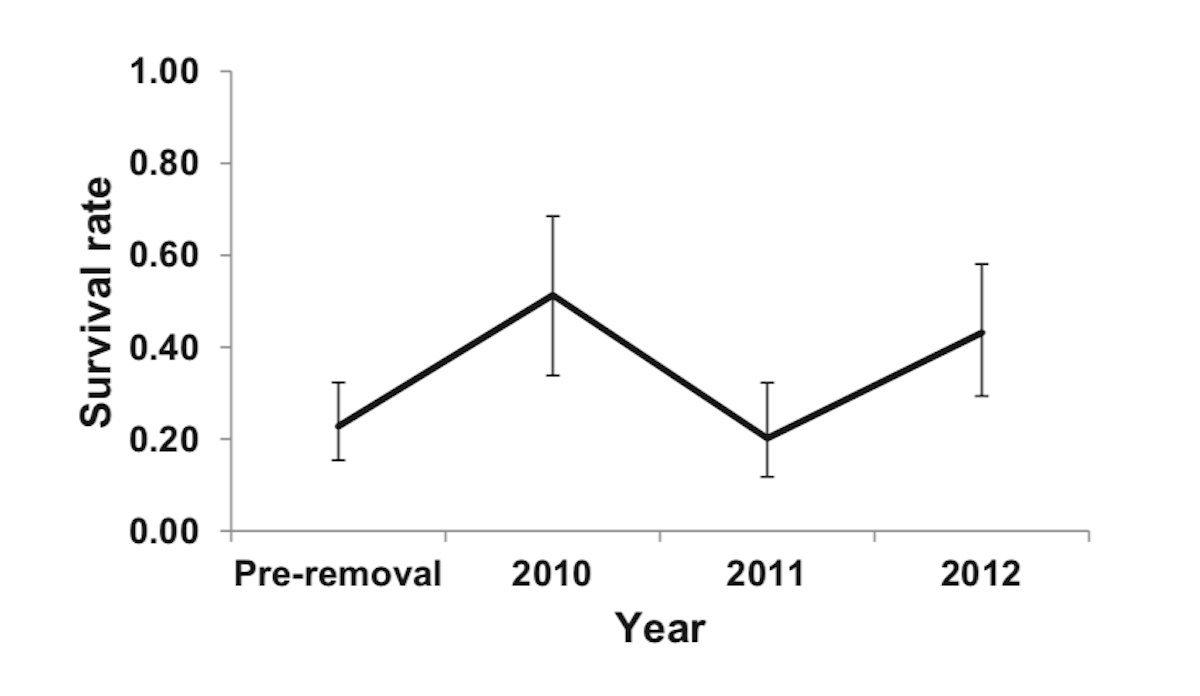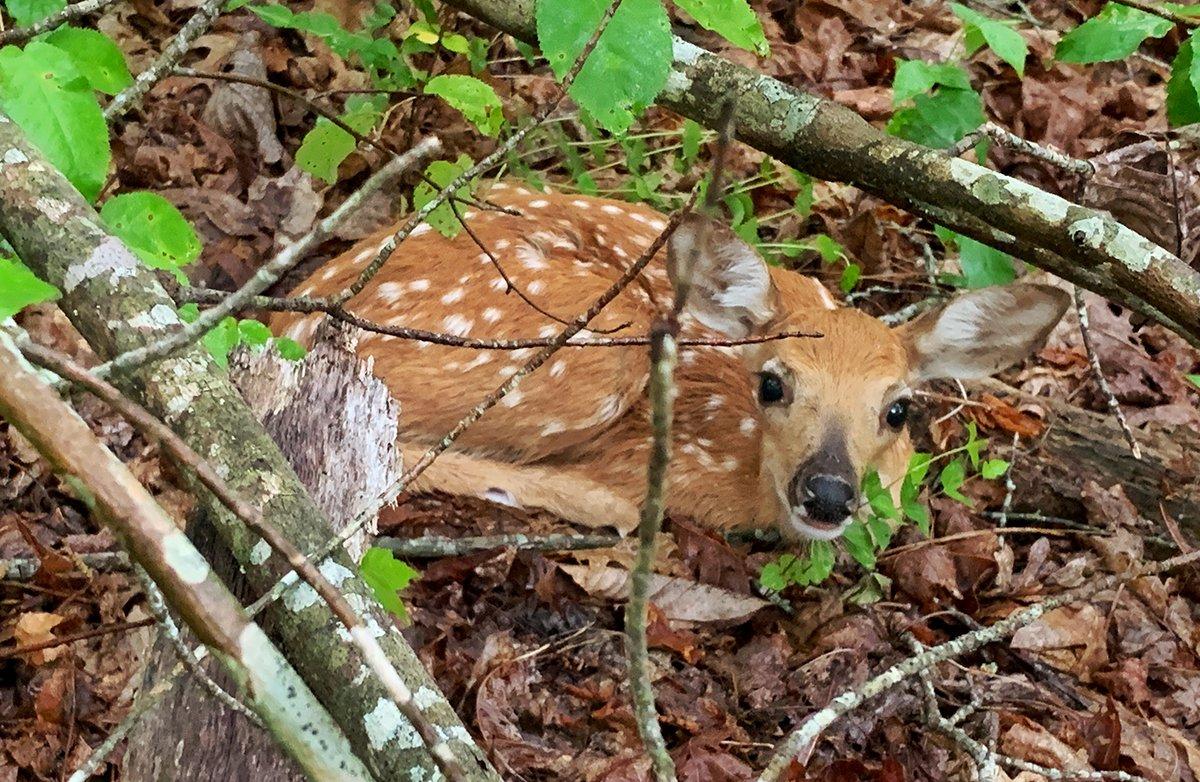Coyotes have significantly impacted fawn recruitment in some areas. Could better predator control improve deer densities?
I'm a deer hunter who's never trapped before, but I've always said I would learn how to catch coyotes if the trapping season coincided with fawning season. But does trapping around the fawn drop actually increase fawn survival?
Declining Recruitment
To fully grasp the coyote-whitetail relationship, it's important to understand its history. While whitetails are native east of the Mississippi River, coyotes are not. According to one study, coyotes didn't populate eastern states until the latter half of the 1900s. This expansion is believed to have been encouraged by deforestation, disappearance of competing, native predators, and the restoration of prey populations.
Their expansion into the southeastern U.S., however, likely resulted from the relocation and release of coyotes by humans - both accidentally and intentionally, says Charles Ruth, big game program coordinator for the South Carolina DNR. Habitat change and loss of predators, particularly the native red wolf, may have [helped establish] coyotes in the Southeast. But coyotes are not native to the region.
Since the rise of coyotes, biologists have discovered a significant decrease in fawn recruitment (i.e. fawns per doe that reach maturity each year). States that previously had recruitment rates of 1.0 dropped significantly, with some dipping as low as 0.2.
Mixed Results
Many hunters think we should be trapping more coyotes, especially in the spring, when fawns are being born. But is that a viable solution? The research suggests, not really.
In 2014, Ruth helped with an intensive study that examined the relationship between coyote trapping and fawn mortality on the Savannah River Site. Over the course of three years, they removed 474 coyotes and monitored 216 fawns within the test area — nearly 60 square miles of timbered river bottom. Here's a look at the fawn survival rate, by year of the study:
- Pre-treatment: .228
- After one year of trapping coyotes: 0.51
- After two years of trapping coyotes: .202
- After three years of trapping coyotes: .431
Of the fawns that died during the study, coyotes accounted for 80% of fawn deaths pre-removal, and 73% of fawn deaths during removal. And as you can see, the fawn survival rate doubled in the first year of trapping, actually declined the second year, and increased again the third year. In other words, results may vary. Trapping can work, but it isn't practical for most land managers.
And even though the researchers tried, it proved impossible to completely remove coyotes from the test area — and they're not sure exactly how many need to be removed to improve fawn survival. That challenge aside, when the cost of equipment, fuel and labor is factored in to the removal of each coyote, the final price tag averaged $199 per canine. That's a lot of dough. The study concluded that trapping coyotes isn't a good tool for most land managers to use for improving fawn recruitment or increasing overall deer densities.
Research indicates that trapping prior to the fawning season can increase fawn-recruitment rates, Ruth says, But increases tend to be modest and are inconsistent, time-consuming, and very costly.
But even if it was economical and feasible to trap coyotes during fawning season, additional research conducted in 2017 concluded that coyotes can return to pre-trapping population levels in less than one year. When coyote populations decline, females have larger litters to reestablish those numbers. The bigger problem? Even if you could somehow completely remove all the coyotes in one area, other coyotes would move in to fill the void created by trapping.
To have a true impact, trapping must be implemented continuously over hundreds of square miles, and that just isn't realistic. Most states don't allow year-round trapping, and state agencies don't consider trapping as a mechanism for increasing deer densities.
The historic basis for trapping is fur, Ruth says. The quality of fur declines outside of winter. You lose the basis for trapping.
The Unfortunate Truth
The takeaway? Coyotes are here to stay. And the harsh truth is that deer - and deer hunters - must learn to live with them.
Trapping can have limited short-term effects, but it may not be the best method for increasing deer populations. Instead, small-scale land managers should focus on creating better fawn-rearing habitat and reducing doe harvests. These things are more feasible and effective for balancing deer populations than attempting to remove coyotes. Still, if you can legally trap, and it saves just one or two fawns, it's worth it.











